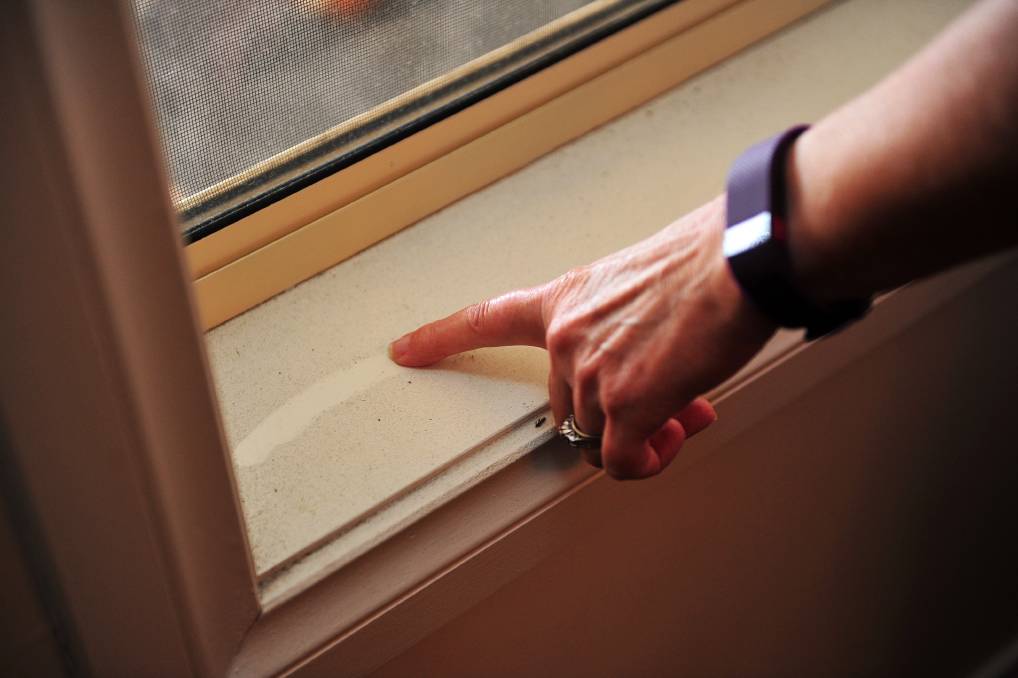Coal pollution can be deadly
Mining, transporting and burning coal is a danger to human health.
Studies in the US have shown that communities close to coal mines have an increased risk for developing:
- Potentially deadly heart and lung diseases
- Lung conditions such as emphysema, chronic bronchitis and chronic asthma, which prevent breathing and cause irreversable damage
- Other lung diseases and kidney disease.
Death rates for these diseases are also higher in coal-mining areas.
These risks are increased when coal is burned, releasing toxic air pollution like fine particulate matter, mercury compounds, sulphur dioxide, and oxides of nitrogen.
The health impacts from coal pollution are also costing local communities, with Australian Academy of Technological Sciences and Engineering finding coal is responsible for health impacts costing Australians $2.6 billion per year.

A Latrobe Valley resident wipes toxic coal dust from their windowsill. Source: Latrobe Valley Express.
